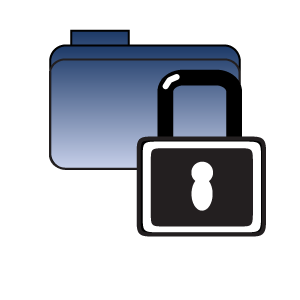Multi-Media
As technologies continue to evolve, the requirements for storing multimedia digital content is increasing at an overwhelming pace. Whether transferring legacy footage to digital media, producing new content or animation, editing post-production, archiving newsprint, or disseminating sound files, enormous amounts of data storage are required for the move to high-definition multimedia.
With the development of new technologies, media and entertainment industries are migrating to the digital realm with an exponentially growing need for digital archives.
In response to these challenges, many organizations have or will implement media asset management (MAM) systems while others will utilize traditional file management techniques. These products assist users in developing new content, repurposing existing content and managing pre- and post production of digital video, audio, and other content. With terabytes of content to be stored, it is equally important that a library archive system be implemented, in conjunction with or independent of a multimedia management system, to ensure the secure, cost effective storage of digital content.
The flourishing multimedia industry including broadcasting and motion picture companies and production and publishing companies such as newspapers and magazines, has specific needs for archiving valuable media assets. Digital assets must be permanently stored in a cost effective and efficient manner in order to maintain a competitive edge. Files must be permanently stored onto a nonlinear disc media so that video clips and other content can be rapidly retrieved and randomly accessed.
Alliance Storage Technologies, Inc. (Alliance) fully understands the need for long-term storage of multimedia and has developed powerful, easy-to-implement solutions based upon optical true Write-Once-Read-Many (WORM) technology capable of preserving data for greater than 50 years -the perfect solution for multimedia environments.
Alliance’s Archive Solutions meet the challenges associated with the resilient long-term, secure storage requirements of multi-media digital archives while providing high performance data access with a low total cost of ownership.
Benefits
Alliance's complete archiving solutions are designed to meet the in-depth professional archiving needs associated with multimedia content and provide:
Unaltered Preservation of Multimedia Files - Alliance's solutions are based upon true Write-Once-Read-Many (WORM) optical technology. Optionally encrypted data is written to optical media after which it becomes unalterable remaining intact for periods greater than 50 years. The extended media life dramatically reduces media maintenance decreasing the frequency of data migration and reducing costs over the life of the archive.
Expandable Archiving – Expandable optical disk archive systems are based upon high-capacity media magazines and scalable robotic libraries. As data storage requirements increase, libraries can be easily expanded within the same footprint offering investment protection through capacity expansions and future-proof system upgrades.
High Capacity Ultra-dense Media – High-capacity media/magazine design with modular capacity and scalability designed specifically for professional data archiving.
Rapid & Random Access to Data – Data can be randomly accessed either from the nonlinear optical disc media archives (retrieved into RAID) or via high-performance RAID, depending upon established policies.
High Reliability – Alliance's NAS solutions and Direct Attached scalable robotic libraries are based upon field-proven, reliable technology that has served a variety of industries [for over a decade].








